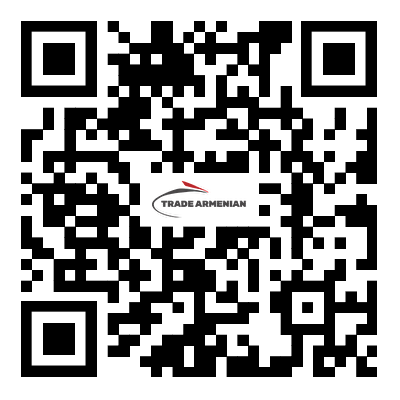Introduction of Cutter Suction Dredger
2023-10-17
A Cutter Suction Dredger (CSD) is a specialized maritime vessel or watercraft designed for the excavation and removal of sediment, sand, silt, clay, rocks, and other materials from the bottom of water bodies such as rivers, lakes, ports, and coastal areas. Cutter suction dredgers are widely used in various industries and applications, including navigation channel maintenance, harbor and port construction, land reclamation, and mining. They are essential for maintaining waterways, ensuring safe navigation, and creating new land areas for development. Here is an introduction to the key features and components of a typical cutter suction dredger:
1. Cutter Head: The cutter head is a crucial component of the CSD, equipped with a rotating array of cutting teeth or blades. It is responsible for loosening and breaking up the seabed material. The cutter head can be raised or lowered to control the depth of excavation.
2. Suction Pipe: A large-diameter suction pipe is connected to the cutter head. As the cutter head dislodges material, a powerful pump creates a vacuum, drawing the sediment and water mixture up through the suction pipe.
3. Dredge Pump: The dredge pump is responsible for creating the suction force necessary to lift the sediment and water mixture. It pumps this mixture through pipelines to the designated discharge area, often miles away from the dredging site.
4. Hull: The hull of the cutter suction dredger provides buoyancy and stability. It is usually a barge-like structure that can be self-propelled or towed to the dredging location. The hull may also have spuds or anchors to secure the dredger in place during operation.
5. Spuds: Spuds are vertical, retractable pipes or legs that can be lowered to the seabed to anchor the cutter suction dredger in place. They provide stability and prevent the vessel from drifting while dredging. Spuds can be raised and lowered as needed.
6. Pipeline: Dredged material is transported through a network of pipelines to the discharge area. These pipelines are often made of rubber or steel and can be floating or submerged. The choice of pipeline depends on the specific project requirements.
7. Control Room: The dredger is typically equipped with a control room where operators monitor and control various aspects of the dredging operation, including the cutter head, dredge pump, and navigation.
8. Power Source: Cutter suction dredgers are powered by diesel engines or, in some cases, electric motors. These engines provide the necessary energy to drive the cutter head, dredge pump, and propulsion system.
9. Navigation and Positioning Systems: To ensure precise dredging operations and avoid obstacles, modern CSDs are equipped with GPS and other navigation and positioning systems. These technologies help maintain accuracy in depth and location.
10. Environmental Considerations: Many cutter suction dredgers are equipped with sediment containment and water treatment systems to minimize the environmental impact of the dredging process. These systems help separate and manage the dredged material and excess water.
Cutter suction dredgers play a vital role in maintaining waterborne transportation routes, expanding port facilities, and creating new land areas for various purposes, including infrastructure development. They are versatile and efficient tools for managing sediment and maintaining the integrity of water bodies and coastal areas.


